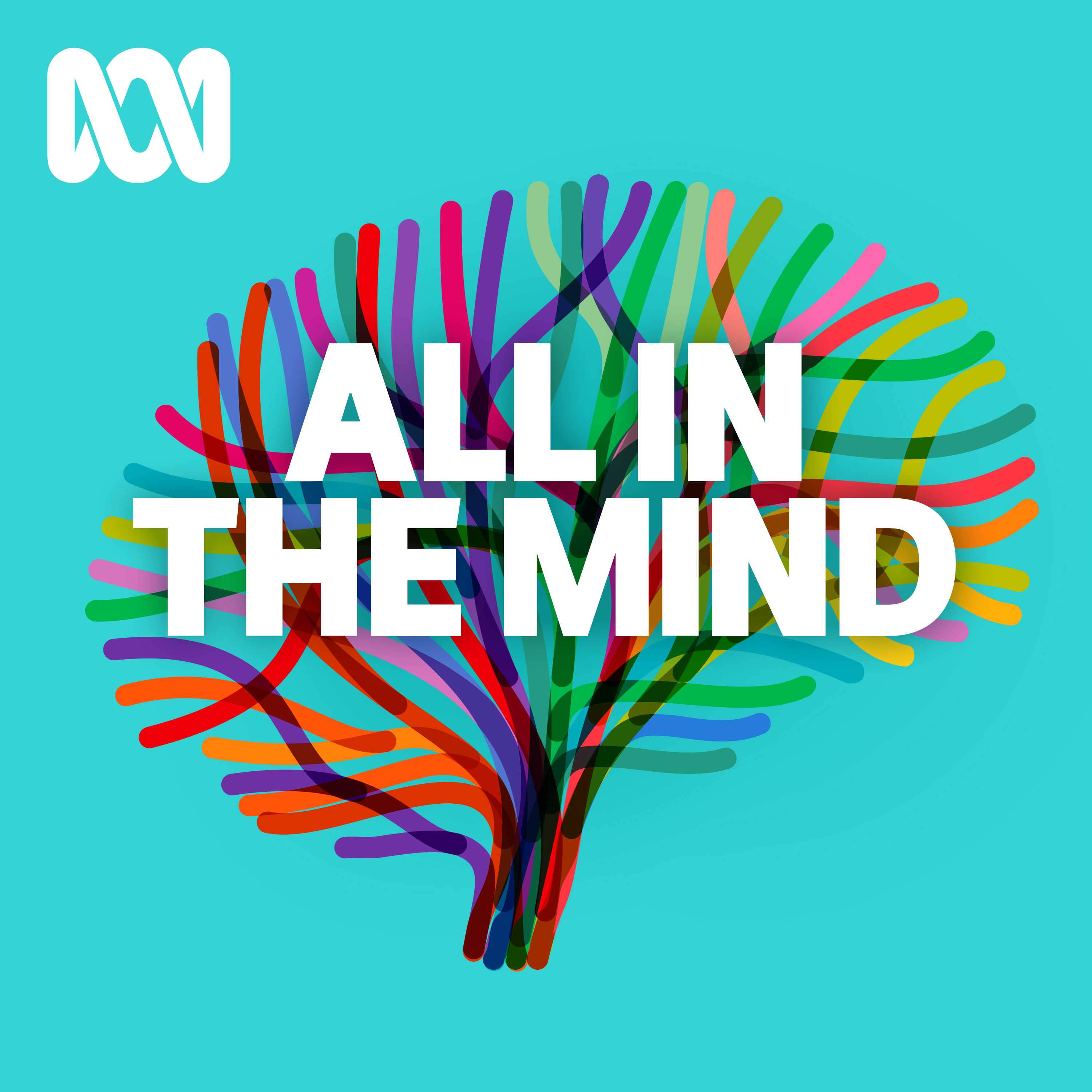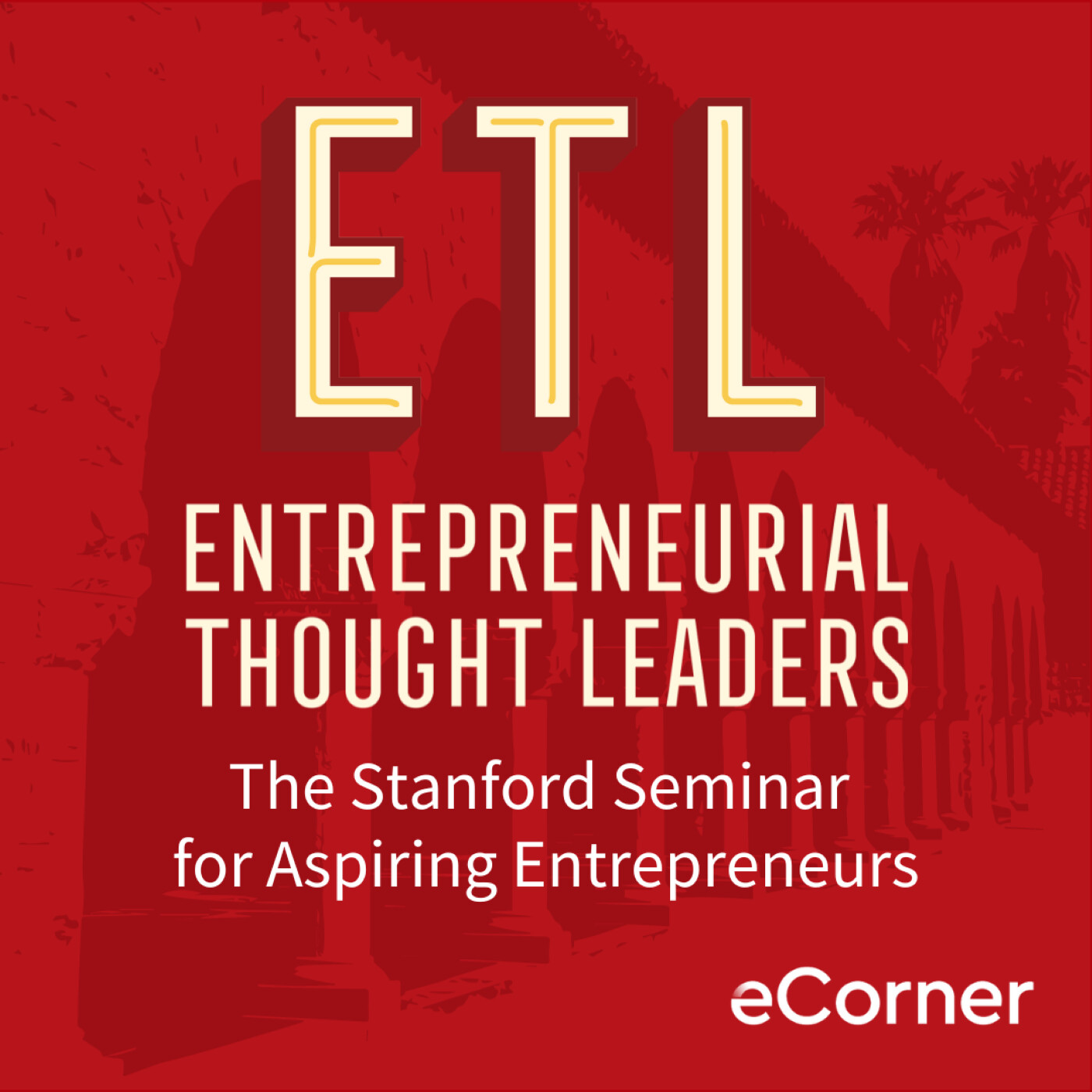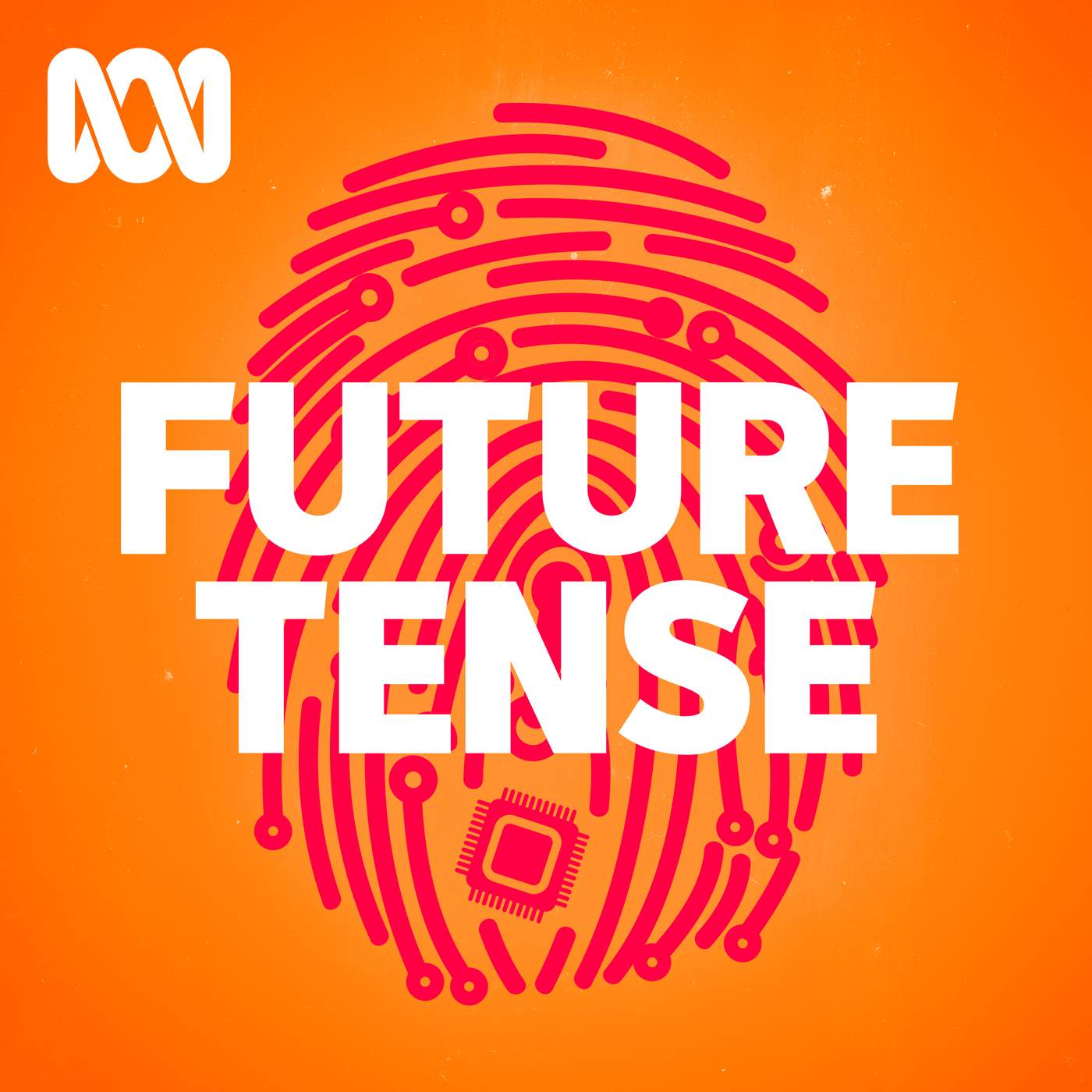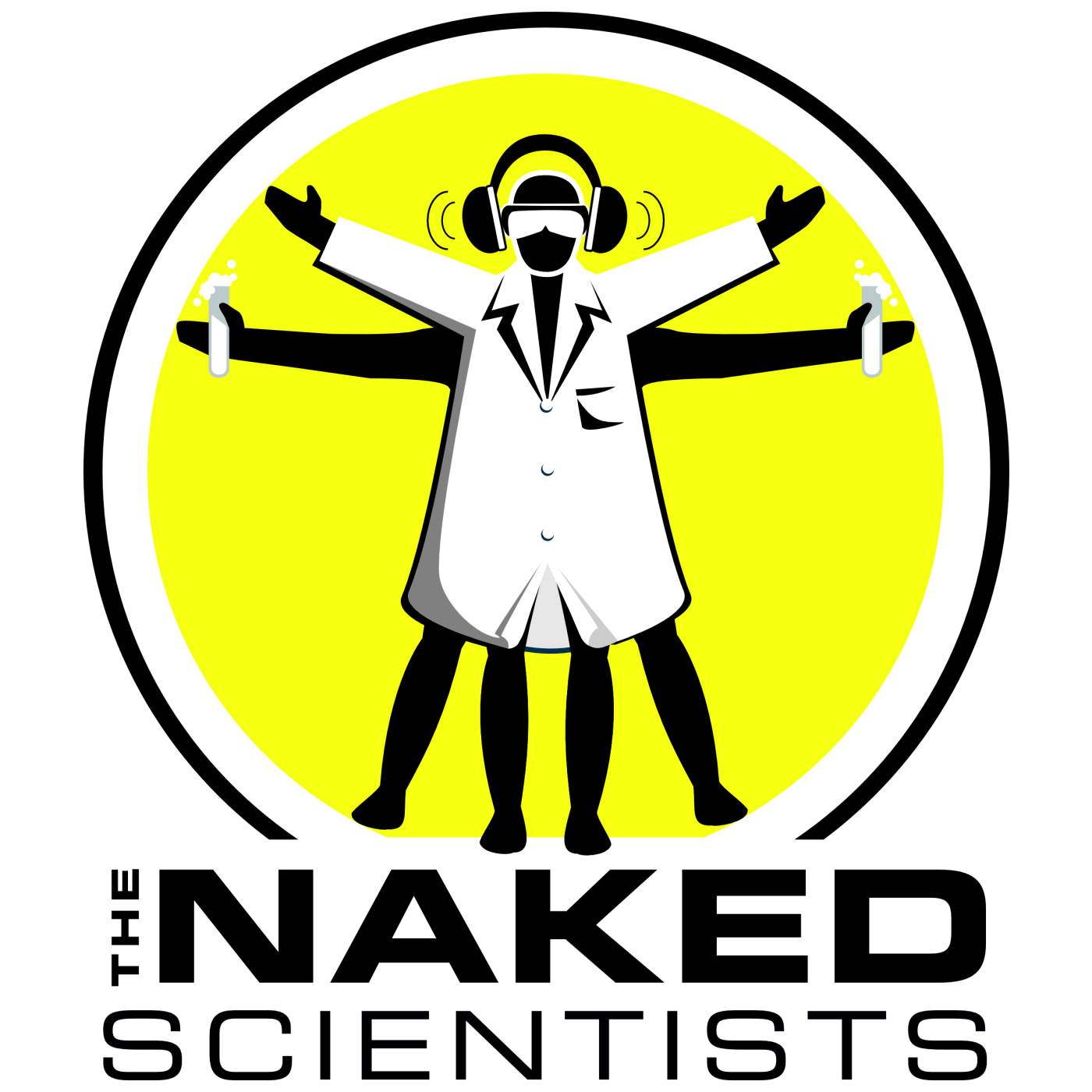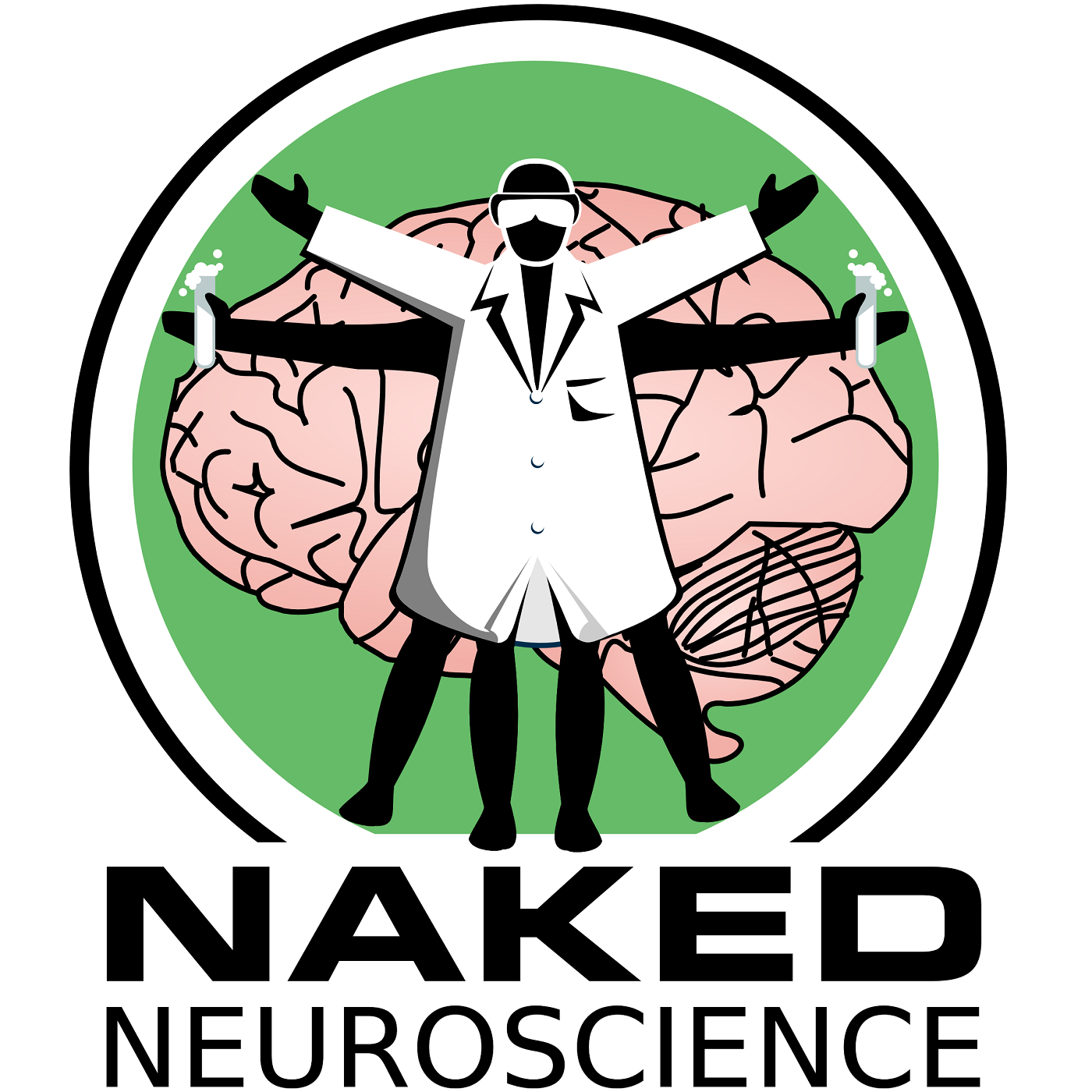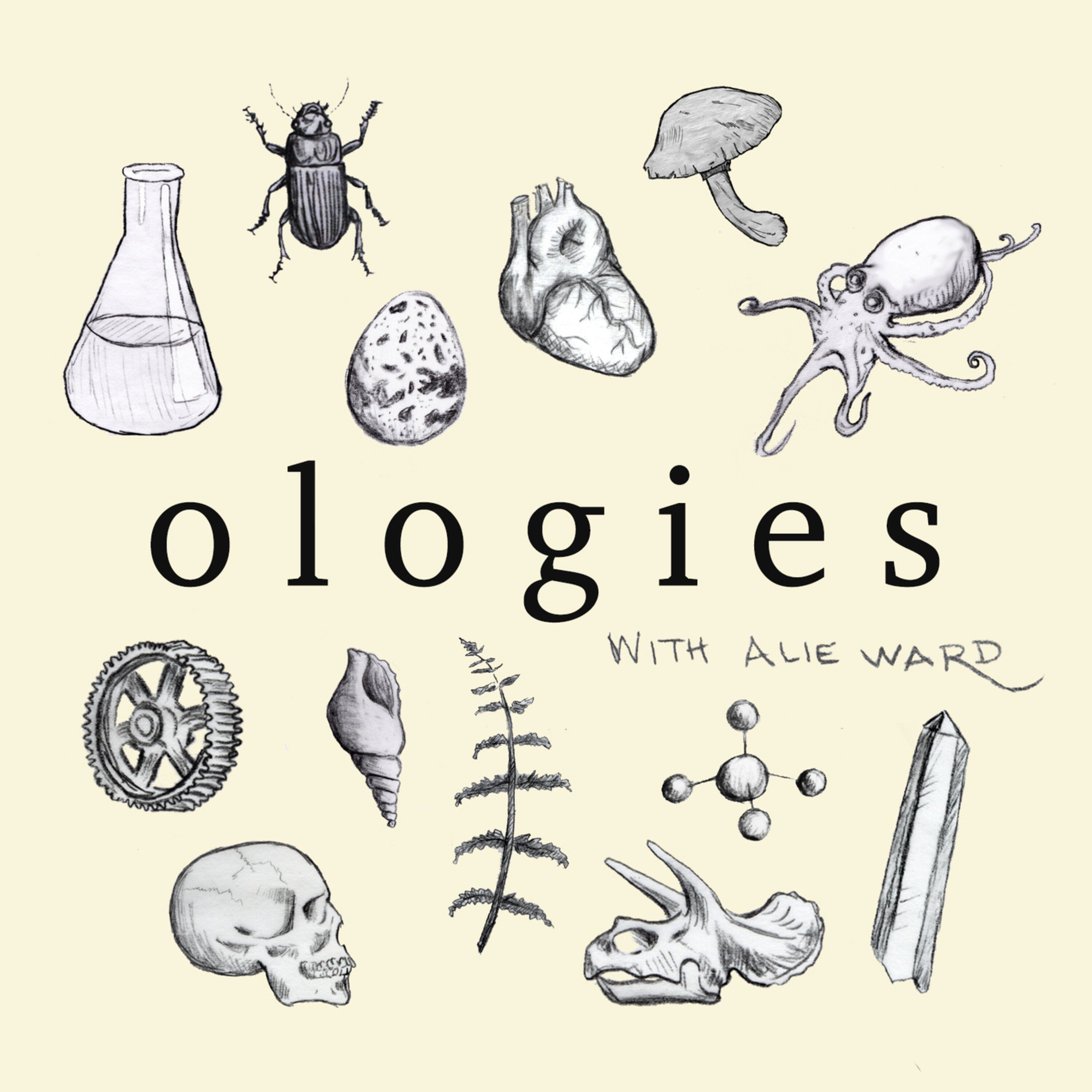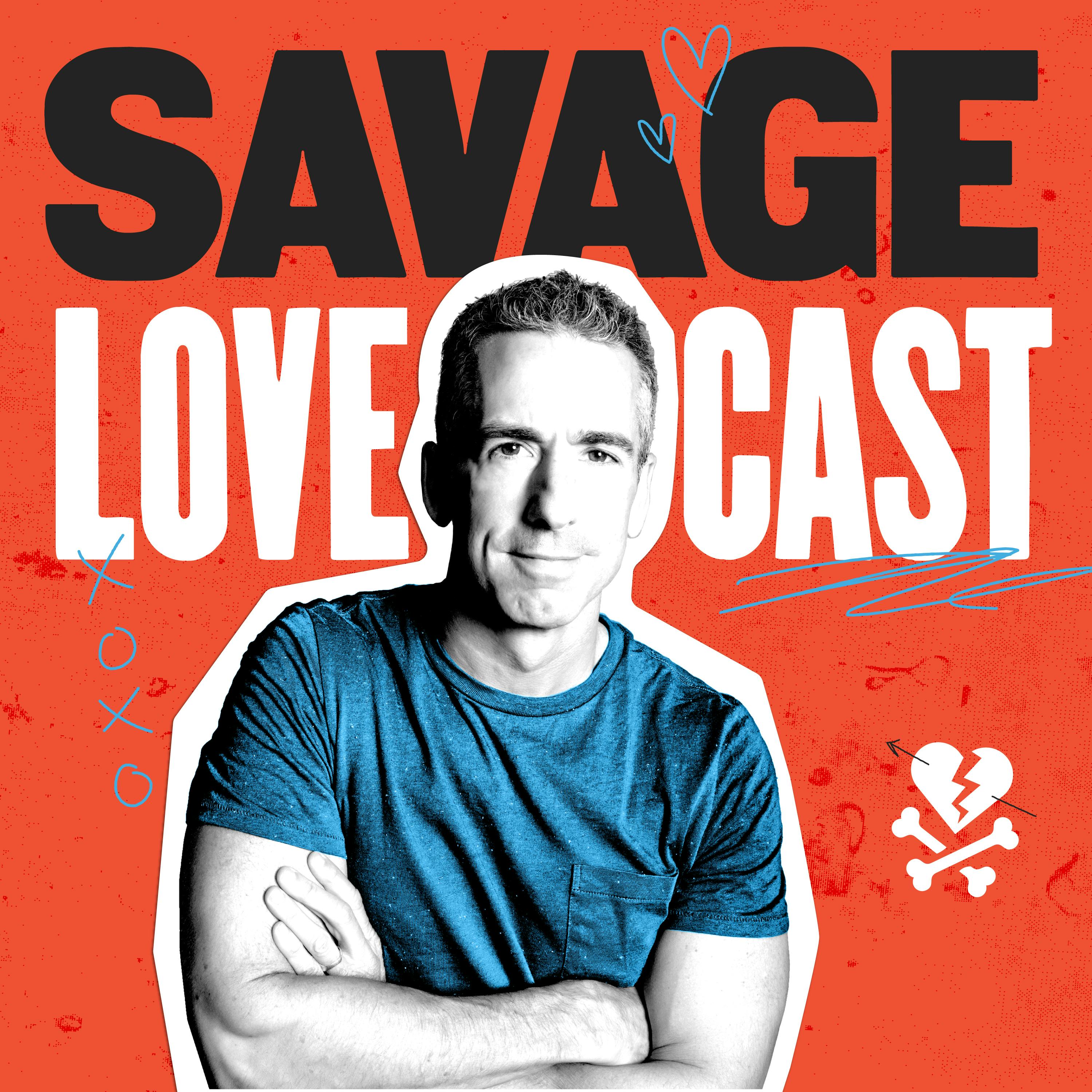
Heliox: Where Evidence Meets Empathy
Join our hosts as they break down complex data into understandable insights, providing you with the knowledge to navigate our rapidly changing world. Tune in for a thoughtful, evidence-based discussion that bridges expert analysis with real-world implications, an SCZoomers Podcast
Independent, moderated, timely, deep, gentle, clinical, global, and community conversations about things that matter. Breathe Easy, we go deep and lightly surface the big ideas.
Curated, independent, moderated, timely, deep, gentle, evidenced-based, clinical & community information regarding COVID-19. Since 2017, it has focused on Covid since Feb 2020, with Multiple Stores per day, hence a sizeable searchable base of stories to date. More than 4000 stories on COVID-19 alone. Hundreds of stories on Climate Change.
Zoomers of the Sunshine Coast is a news organization with the advantages of deeply rooted connections within our local community, combined with a provincial, national and global following and exposure. In written form, audio, and video, we provide evidence-based and referenced stories interspersed with curated commentary, satire and humour. We reference where our stories come from and who wrote, published, and even inspired them. Using a social media platform means we have a much higher degree of interaction with our readers than conventional media and provides a significant amplification effect, positively. We expect the same courtesy of other media referencing our stories.
Heliox: Where Evidence Meets Empathy
Mind-Blowing : 15 Recent Brain Discoveries
Dive into the fascinating world of neuroscience in this eye-opening episode as we explore key findings from the Live Science article, "15 Times the Brain Blew Our Minds in 2024." Join us as we uncover the most intriguing brain research of the year, spanning topics from hormonal cycles to the potential consciousness of lab-grown minibrains.
We’ll discuss how the brain is anything but static, with studies revealing dynamic changes influenced by factors like hormonal fluctuations and pregnancy. Discover how daily testosterone cycles affect male brain volume and why pregnancy leads to significant gray matter loss—hinting at a brain "pruning" process for greater efficiency.
But that’s just the beginning! We’ll delve into groundbreaking research that sheds light on the brain’s inner workings. Learn how watching movies activates 24 distinct brain networks and how a simple circuit of three neurons drives our urge to eat. Plus, we’ll explore the astonishing idea that our brains may store multiple copies of every memory, opening doors to new treatments for memory disorders.
We’ll also push the boundaries of what neuroscience can achieve, discussing the ethical implications of consciousness in lab-grown brains, the transformative effects of psilocybin on self-awareness, and the milestone of 3D-printed functional brain tissue capable of communication.
Source:
15 times the brain blew our minds in 2024
https://www.livescience.com/health/mind/15-times-the-brain-blew-our-minds
This is Heliox: Where Evidence Meets Empathy
Independent, moderated, timely, deep, gentle, clinical, global, and community conversations about things that matter. Breathe Easy, we go deep and lightly surface the big ideas.
Thanks for listening today!
Four recurring narratives underlie every episode: boundary dissolution, adaptive complexity, embodied knowledge, and quantum-like uncertainty. These aren’t just philosophical musings but frameworks for understanding our modern world.
We hope you continue exploring our other podcasts, responding to the content, and checking out our related articles on the Heliox Podcast on Substack.
About SCZoomers:
https://www.facebook.com/groups/1632045180447285
https://x.com/SCZoomers
https://mstdn.ca/@SCZoomers
https://bsky.app/profile/safety.bsky.app
Spoken word, short and sweet, with rhythm and a catchy beat.
http://tinyurl.com/stonefolksongs
Curated, independent, moderated, timely, deep, gentle, evidenced-based, clinical & community information regarding COVID-19. Since 2017, it has focused on Covid since Feb 2020, with Multiple Stores per day, hence a large searchable base of stories to date. More than 4000 stories on COVID-19 alone. Hundreds of stories on Climate Change.
Zoomers of the Sunshine Coast is a news organization with the advantages of deeply rooted connections within our local community, combined with a provincial, national and global following and exposure. In written form, audio, and video, we provide evidence-based and referenced stories interspersed with curated commentary, satire and humour. We reference where our stories come from and who wrote, published, and even inspired them. Using a social media platform means we have a much higher degree of interaction with our readers than conventional media and provides a significant amplification effect, positively. We expect the same courtesy of other media referencing our stories.
Hey there, ready to unlock some brain power? Sounds exciting. Today we're taking a deep dive into the most fascinating brain discoveries of 2024. Oh wow. All based on this awesome live science article. Cool. We're talking about how our brains tick, how they change, and even the surprising role of gut bacteria. Buckle up. Buckle up. It's gonna be a wild ride. Yeah, what's really striking about these findings is how they overturn these old assumptions, you know. Right. It's a real testament to how much we still don't know about this incredible organ. Yeah. Even in a field as advanced as neuroscience. Okay, so first up let's talk about something that doesn't get enough attention. The male hormone cycle. Okay. Turns out men's hormone levels go on a pretty dramatic roller coaster ride throughout the day. Yeah, it's true. Really. We're talking about a 70% drop. Wow. In key hormones like testosterone and cortisol from morning to night. Oh wow. And this daily fluctuation actually causes the brain to physically shrink and grow. Whoa. The brain actually changes size. That's incredible. Do we know like what parts of the brain are affected? And could this be connected to changes in mood focus or even behavior throughout the day? That's the mystery researchers are trying to solve, right? Is it the hormones themselves directly causing these changes or is there a more intricate interplay of factors? It really highlights how sensitive our brains are to even these subtle shifts in our internal environment. It makes you wonder if understanding the cycle better could lead to personalized strategies for men to optimize their day. You know, like maybe there are certain times when they're naturally more focused or creative. Yeah. And they could schedule their work accordingly. That's a really intriguing idea. Yeah. It speaks to the potential for translating these scientific discoveries into practical applications that could benefit people in their everyday lives. All right, let's shift gears to something. I bet we all enjoy movies. And here's a mind bender. Okay. Watching a movie isn't about like turning off your brain. Right. It's quite the opposite. Researchers have discovered that a whopping 24 different brain networks light up depending on what's happening on screen. 24 networks. Yeah. I'm picturing my brain lighting up like a Christmas tree with every plot twist. Yeah. And dramatic reveal. It's amazing. What kind of networks are we talking about here? Are they specific to certain emotions, types of visuals, or even the genre of the film? That's what's so fascinating about this research. You know, it wasn't just about proving that our brains are active during movies. It allowed scientists to create the most detailed functional brain map to date. Really? Yeah. And this map is giving us unprecedented insights into how the brain processes these complex narratives, then could even lead to new ways of understanding how we engage with stories in general. Now, speaking of brains in development, let's talk about babies. Okay. Scientists have been looking at how a newborn's brain transforms right after birth. Yeah. And it's pretty remarkable. They focused on two crucial brain networks, the relay hub, which you can think of as the brain's central processing center, and the sensorimotor network, responsible for movement and sensory input. What they found was a dramatic surge in activity- Wow. ... in these networks after birth, suggesting a major shift in how the brain functions outside the womb. So it's like a newborn's brain is going, "All right, showtime. Let's do this." Exactly. It makes you wonder how this process might differ for premature babies, right? Absolutely. And that's a critical area for future research. Right. Understanding these early brain changes could have major implications for supporting healthy development. Of course. Especially for babies born prematurely. Okay. This next one is super relatable. Okay. Ever feel like your stomach is calling the shots when you're hungry? Oh, yeah. Turns out there might be a tiny circuit of neurons behind that feeling. Researchers have pinpointed a simple circuit involving just three types of neurons- Wow. ... that seem to drive our urge to eat. These neurons detect hunger hormones and then activate the muscles we use for chewing. And they actually tested this out on mice, right? What happened when they manipulated this circuit? It's pretty wild. What a habit. The mice ate 12 times more food than usual. What? They even started air chewing when there was no food around. No way. It's like their brains were stuck in eat mode. That's fascinating. It really underscores how even seemingly basic functions like eating are actually controlled by these complex neural pathways. Right. And it makes you think, could understanding these circuits better lead to new approaches for treating eating disorders or obesity? It's definitely an avenue worth exploring. Yeah. Imagine being able to target these specific neural circuits to regulate appetite or reduce cravings. Yeah. It could be a game changer for people struggling with weight management or disordered eating. Okay. Get ready for this one. It blew my mind. What is it? Pregnancy actually causes a woman's brain to shrink. It's true. Really? During pregnancy, up to 80% of a woman's gray matter can decrease in volume. Oh my gosh. While some of it returns after childbirth, a portion is permanently gone. That sounds a bit alarming. Right. Is that like a bad thing? What are the implications of this change? It's not necessarily negative. Okay. It's actually thought to be similar to what happens during puberty, where the brain goes through a pruning process, trimming away excess connections to become more efficient. So it's like the brain is decluttering and making space for all those new mom skills. Exactly. Wow. It's a fascinating example of neuroplasticity, the brain's remarkable ability to reorganize itself in response to life experiences. Pregnancy, in this case, seems to be a catalyst for rewiring the brain to optimize for the demands of motherhood. It makes you wonder if these changes are specific to certain areas of the brain, like those involved in empathy nurturing or even multitasking. Right. It could explain why moms seem to develop these almost superhuman abilities. That's a great point. Future research could delve deeper into the specific areas that are most affected by this pruning process and how it translates to changes in cognitive abilities and emotional responses. Okay. Get ready for this one. It's a real head scratcher. Okay. Our brains might actually store three copies of every memory. Wow. This research is still in its early stages, but it suggests we have multiple backups of our memories. Interesting. These copies are thought to differ in how they're formed, how long they stick around, and how they change over time. That's fascinating. So it's like having a hard drive, a cloud backup, and a flash drive. I like that analogy. All for the same memory. Yeah. What are the implications of having these multiple memory backups? That's a fantastic analogy. Thanks. It could be crucial for resilience. Right. If one copy is damaged or corrupted, we have others to rely on. And understanding how these copies work could revolutionize the way we approach memory disorders like PTSD or dementia. Imagine if we could strengthen certain copies or even erase traumatic ones. It opens up some incredible possibilities for treatment. It's a tantalizing glimpse into the future of memory research. Yeah. We're just beginning to grasp the complexities of how our brains store and retrieve information. Right. But these findings have the potential to transform the way we understand and treat memory-related conditions. All right. Let's dive into a topic that's bound to spark some debate. Okay. Consciousness in lab-grown brains. We've all heard about scientists growing mini brains in labs. But could these organoids ever become truly conscious? It's a question that's both fascinating and ethically complex. Yeah. The general consensus right now is that lab-grown brains are unlikely to develop consciousness anytime soon. Okay. But the very definition of consciousness is still hotly debated among scientists. It feels like we're venturing into uncharted territory, both scientifically and ethically. For sure. It raises some pretty big questions. What if we were to transplant these mini brains into animals? Right. Or connect them to technology? Are we talking about creating a new form of intelligence? It's a testament to how rapidly this field is advancing. It really is. And it underscores the importance of having these thoughtful, ethical discussions alongside these scientific breakthroughs. Wow. We need to consider the potential consequences of our actions before we cross certain lines. Okay. Let's shift gears to a different kind of brain-altering experience, magic mushrooms. Okay. Specifically, psilocybin, the active ingredient in these psychedelic fungi. Research shows it can have a profound effect on the default mode network. The default mode network is that part of our brain that's active when we're not focused on any particular task. Okay. It's involved in self-reflection, daydreaming, and mind-wandering. Okay. What's fascinating is that psilocybin seems to disrupt the synchronized activity of this network, leading to alterations in our sense of self and how we experience the world. So it's like hitting the pause button on that constant inner monologue- Yeah.... allowing us to perceive the world in a completely different way. It's a possibility. But the default mode network is involved in more than just daydreaming, right? Right. It's also implicated in a range of mental health conditions. That's a crucial point. Yeah. The default mode network has been linked to conditions like depression, anxiety, and even Alzheimer's disease. Right. Psilocybin's ability to disrupt this network is what makes it so intriguing for therapeutic purposes. Yeah. Imagine being able to reset these dysfunctional patterns of brain activity. It's like using psilocybin as a tool to rewire those ingrained negative thought patterns- Yeah. ... that contribute to mental health issues. Exactly. But it's no wonder this research is gaining so much traction. It's exciting to see how these once stigmatized substances are being reevaluated for their potential therapeutic benefits. Yeah. And the research on psilocybin is just the tip of the iceberg. Right. There's a growing interest in exploring the therapeutic potential of other psychedelics as well. That's really interesting. Yeah, it is. Yeah. Now, let's delve into a topic that's often shrouded in misunderstanding psychosis. Psychosis, for those who aren't familiar, involves these sudden breaks from reality, often characterized by things like hallucinations and delusions. Yeah. It can be incredibly disorienting and frightening for those experiencing it. Exactly. And for a long time, the underlying mechanisms of psychosis have remained a mystery. Right. But thanks to artificial intelligence, or AI, we're starting to get a clearer picture of what might be going on in the brain. So how does AI fit into all of this? It sounds like something out of a sci-fi movie. Researchers have been using AI to analyze brain scans of individuals with psychosis, and they found something really interesting. Okay. What is it? The AI has identified overlapping signatures- Signature.... in the brain activity of these individuals. Okay. These signatures are essentially distinct patterns of brain activity that seem to be common among people experiencing psychosis. So these signatures are like clues pointing towards the root of psychosis? Yeah, you could say that. But what do they actually tell us about what's happening in the brain? That's the key question. Some of these signatures seem to be linked to specific genetic conditions, while others have unknown causes. What's fascinating is that many of these signatures appear to be related to the brain networks responsible for attention and perception. So it's like the brain's filter for reality is malfunctioning, leading to these distorted perceptions and difficulty distinguishing between what's real and what's not. Precisely. This supports the theory that psychosis might be caused by disruptions in these crucial brain networks. Right. When these networks go haywire, it can lead to those hallmark symptoms of psychosis, like hallucinations and delusions. That makes a lot of sense. And the more we understand about these brain networks and the specific signatures associated with psychosis, the better equipped we'll be to develop more effective treatments. Absolutely. Imagine being able to identify those individuals at risk of developing psychosis early on or tailor treatments based on their unique brain signatures. Wow. AI is revolutionizing the way we diagnose and treat mental health conditions. This next discovery is a reminder that we're all connected, especially in the primate family. It turns out that many primate species, including us humans, share a common brain wave pattern. That's right. This finding underscores the deep evolutionary links between us and our primate cousins. This shared pattern involves high-frequency brain waves in the upper layers of the cortex and slower waves in the deeper layers. So it's like a synchronized dance of brain waves happening across different primate species. It is pretty remarkable. That's incredible. But what does it actually mean? Why is this pattern so widespread? That's the million-dollar question. Scientists believe that this interplay between fast and slow waves might be crucial for determining what information enters our conscious awareness. It's like a filtering system that helps us focus on what's important and ignore the rest. So it's not just random neural activity. Right. It's a highly organized pattern that's been conserved across millions of years of evolution. It seems so. It makes you wonder if this shared brain wave pattern plays a role in those uniquely primate abilities, like complex social interactions or problem solving. It's a fascinating possibility. This discovery opens up a whole new avenue for understanding the evolution of consciousness and the neural mechanisms that underlie our shared primate heritage. Okay. Let's talk about something we've all probably experienced at some point, the flow state. The flow state. You know that feeling of being totally immersed in an activity where time seems to fly by and you're performing at your peak. It's like being in the zone. Exactly. And for years, scientists have been trying to unravel the neural mysteries behind this elusive state of mind. Oh, wow. In a recent study, they used brain stands to investigate what happens in the brains of musicians when they enter the flow state. So they were looking for the flow zone in the brain. Yeah, kind of. I love that. What did they find? It's really interesting. This study actually pitted two competing theories of flow against each other. One theory suggests that flow involves a decrease in activity in the prefrontal cortex, the part of the brain responsible for planning and executive control. Right. The other theory suggests that flow involves an increase in activity in areas associated with reward and motivation. So it's like a battle between shutting down the inner critic and amping up the reward system. Exactly. And the results of the study actually supported the second theory. Really? They found that flow states were associated with increased activity in the brain's reward pathways. Oh, wow. Suggesting that it's not about silencing the prefrontal cortex, but rather engaging these powerful motivational circuits. That makes a lot of sense. It explains why the flow state feels so good. Right. And why we're so driven to achieve it. Totally. It's like our brains are giving us a big thumbs up for doing what we love. And this could have huge implications for fields like education, athletics, and even business. Imagine being able to tap into these reward circuits to enhance learning, boost creativity, or improve performance. That's true. The possibilities are endless. Now, for a truly mind-boggling fact, our brains can process the structure of written language as fast as we blink. It's incredible how quickly we can make sense of all those squiggles on a page. It really is. And this study went beyond just recognizing individual words. Yeah. They found that people could process entire phrases with subjects, verbs, and objects incredibly quickly. Wow. Even faster than they could process simple lists of nouns. That's pretty amazing. So our brains aren't just passively absorbing words. Right. They're actively parsing them and understanding the grammatical relationships between them almost instantaneously. Exactly. And they were also super quick at detecting phrases that didn't make grammatical sense. Oh, wow. Suggesting that our brains had this remarkable ability to apply the rules of grammar on the fly. It makes you appreciate the complexity and efficiency of the human brain. We take reading for granted, but it's a truly awe-inspiring feat of neural processing. It really highlights the power of evolution and how our brains have adapted to the demands of language. Right. It's no wonder we've been able to create such complex systems of communication and share ideas across time and space. Okay, this next one is a real game changer. Prepare to have your mind blown. Our gut bacteria might be partially responsible for our big brains. What? I know it sounds crazy, but hear me out. Okay, I'm listening. It's a concept that's gaining a lot of traction in the scientific community. Really? The idea is that the microbes in our gut, collectively known as the gut microbiome, might have played a crucial role in the evolution of the human brain. How do they even know that? So tell me more about this study. How did they even test this out? It's not like they can go back in time and observe the evolution of the human brain. They got pretty creative. Researchers transplanted gut microbes from humans and large brain primates into mice. Interesting. What they found was that the mice who received these microbes were better at converting food into energy that could be used by the brain. So these specific microbes are like super efficient fuel factories for the brain? It seems that way. Which primates are we talking about here? Are we talking about our closest relatives like chimpanzees and bonobos or a wider range of primate species? That's an important question and it's something that researchers are still investigating. Okay. The focus has primarily been on primates with larger brains relative to their body size. Right. As this is a key characteristic that distinguishes humans from other primates. Of course. By comparing the gut microbiomes of different primate species, we can start to piece together the evolutionary history of this fascinating relationship between our gut bugs and our brains. That's incredible. It's like these tiny microbes played a crucial role in shaping the evolution of our species. It makes you wonder, could manipulating our gut microbiome actually have a measurable impact on cognitive function? It's possible. Could we potentially enhance brain power by tweaking the balance of bacteria in our gut? It's a tantalizing possibility. Imagine being able to boost cognitive function or even protect against age-related cognitive decline through targeted interventions in the gut microbiome. It's a whole new frontier in neuroscience and personalized medicine. Okay. Get ready for a monumental achievement in brain research. Scientists have created a detailed 3D map of a tiny section of the human brain. Wow. A 3D map of the brain. This is a landmark accomplishment that's generated a lot of buzz in the scientific community. I bet. This map created by researchers at Harvard and Google is incredibly detailed. Really? We're talking about 57,000 neurons, nine inches of blood vessels, and a mind-boggling 150 million synapses. That's incredible. It's like they've created a miniature Google Earth for the brain. But why focus on such a small section? What's the significance of mapping this tiny piece of neural real estate? It's all about depth over breadth. By focusing on a small section, they were able to map it in exquisite detail, capturing the intricate connections between individual neurons and even the tiny structures within those neurons. This level of detail is unprecedented and provides a wealth of information about how this particular circuit is organized and how it functions. So it's not just about the what, it's about the how. It's about understanding the underlying architecture of the brain. Exactly. How all these different components work together to produce thought behavior and everything in between. Exactly. And what's really cool is that this map reveals some unexpected features. For example, they found these strange whorls in the outgoing wires of some neurons. Whorls. Something that hadn't been observed before. So they're finding new structures we didn't even know existed. Yeah. It's like exploring a hidden world within the brain. What could these whorls mean? Do they have a specific function? That's the mystery researchers are trying to unravel. Oh, wow. It's possible that these whorls play a role in modulating the flow of information between neurons. Oh, okay. Or perhaps they're involved in some other yet unknown function. So interesting. This is just the beginning. This 3D map is a treasure trove of information that will keep scientists busy for years to come. This next one is straight out of science fiction 3D printed brain tissue that actually works. 3D printed brain tissue. I still can't believe this is real. It sounds like something out of a futuristic movie. I know it's mind blowing. Scientists have successfully used a 3D printer to create functional human brain tissue. This is a major breakthrough that could revolutionize the way we study and treat neurological disorders. Okay, but how do you even print brain tissue? What kind of ink do you use for that? It sounds like something out of Star Trek. It's actually pretty ingenious. Instead of ink, they use stem cells as the building blocks. Stem cells, okay. These stem cells have the potential to develop into any type of cell in the body, including brain cells. So they're basically creating brain cells from scratch using a printer. That's incredible. But how do you get them to organize into functional tissue? It's not like they just magically assemble themselves into a working brain. That's the real magic of this technology. Through a clever combination of chemical cues and scaffolding materials, they're able to guide these stem cells to differentiate into specific types of brain cells and arrange themselves into functional networks. So they're not just printing random clumps of brain cells. Right. They're creating organized three-dimensional structures that resemble actual brain tissue. Yeah, pretty much. That's amazing. Yeah. What are the potential applications of this technology? The possibilities are vast. This could revolutionize how we study brain diseases. Imagine being able to create personalized models of brain disorders using a patient's own cells. Right. This would allow researchers to test new drugs and therapies in a more accurate and efficient way. Wow. It could also lead to new ways of repairing damaged brain tissue. Imagine being able to 3D print a patch of brain tissue to replace a damaged area after a stroke or traumatic brain injury. It's like science fiction is becoming reality before our eyes. This is a truly groundbreaking achievement that could transform the way we approach brain health and disease. Ah. Wow, we've covered some serious ground today. We have. From shrinking brains to gut bugs fueling our brain power. 2024 has been a wild year for brain research. It really has. It's incredible to see how fast this field is moving. Wow. What's exciting is how these discoveries challenge our understanding of the brain. Right. And open up these whole new areas to explore. It feels like we've only just scratched the surface. Yeah. What are some key takeaways you think we should be thinking about? Well, it's clear the brain is far more dynamic and adaptable than we once thought. For sure. It's constantly changing in response to our experiences, our hormones, even the bacteria in our gut. And it's not just about individual discoveries, right? It's about how these findings connect and paint a bigger picture of how the brain works. Exactly. For example, the research on memory backups the impact of pregnancy on the brain and the potential for 3D printed brain tissue. Right. All kind of suggest a future where we might treat brain disorders in ways we never thought possible. It's both exciting and a little daunting to think about the implications of all this. It is. I feel like we're on the verge of a new era in brain science. Absolutely. And as we keep unraveling the mysteries of the brain, it's crucial to approach this research with both enthusiasm and a sense of responsibility. Yeah. After all, the brain is what makes us human. So true. Well, after this deep dive, my brain is definitely feeling a little full. Mine too. It's been a fascinating journey through the latest brain discoveries. We hope your brain is buzzing too. What stood out to you the most from all these discoveries? And what do you think the future holds for brain research based on what we've learned today? Until next time, keep those brains curious.


